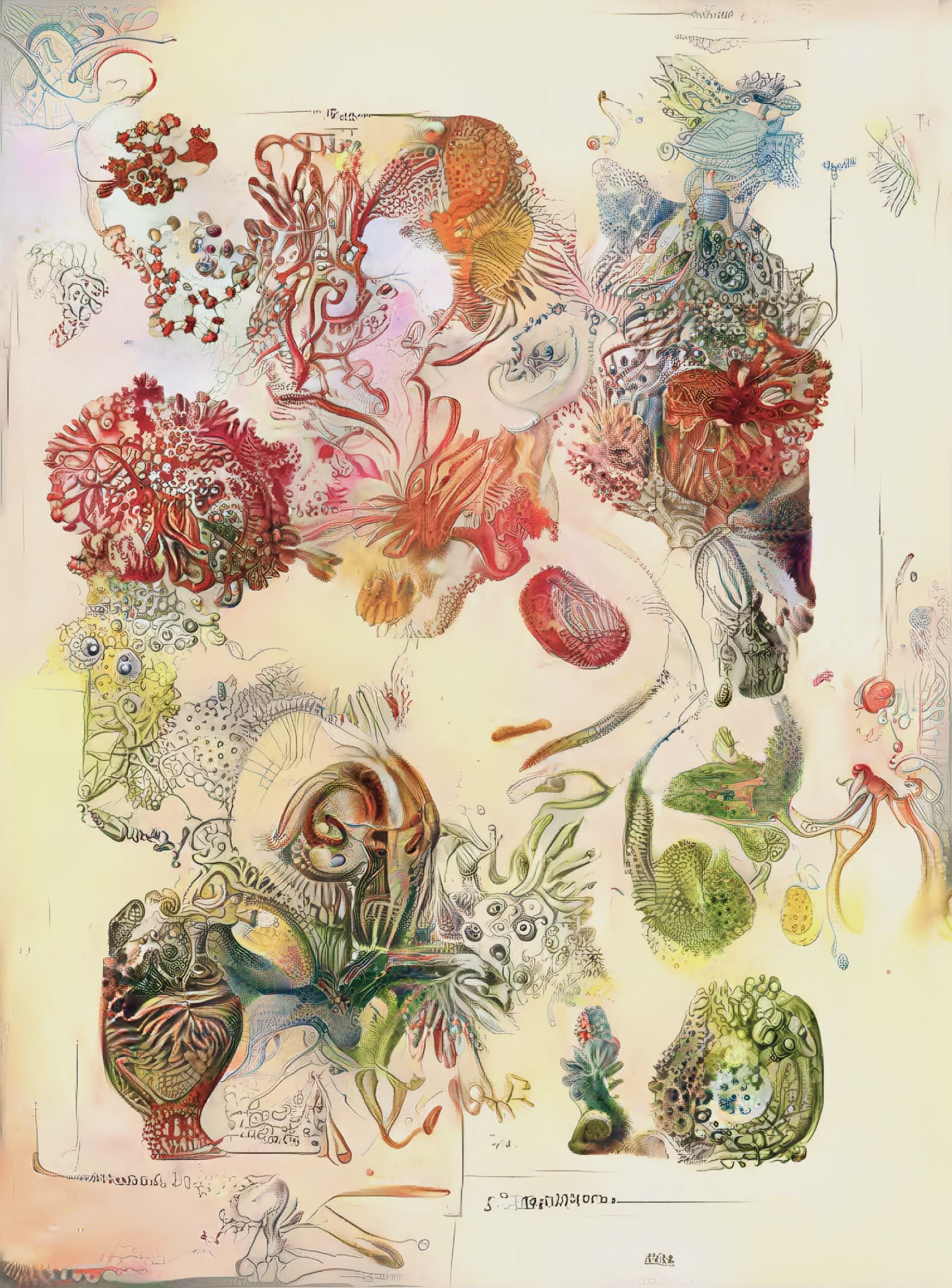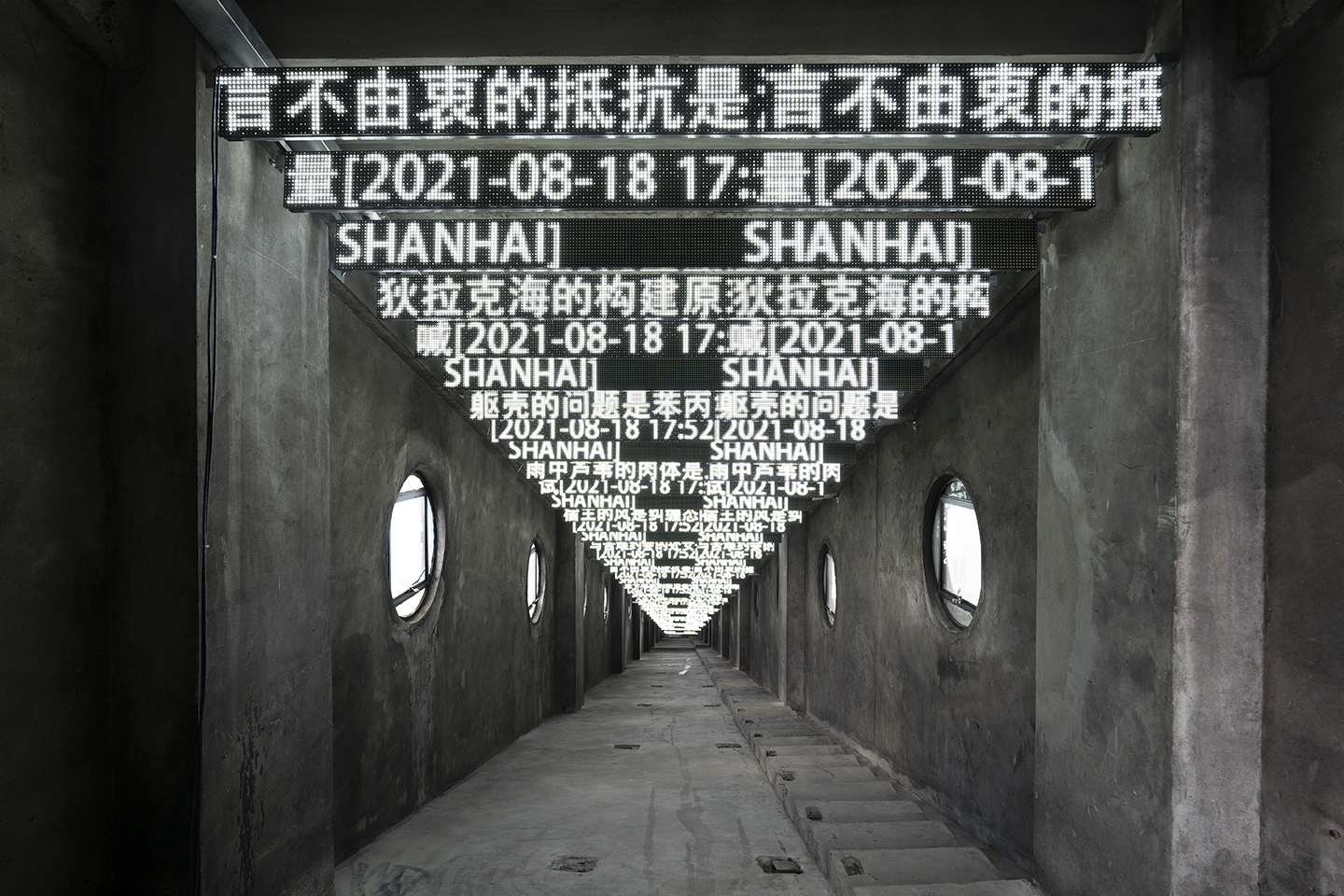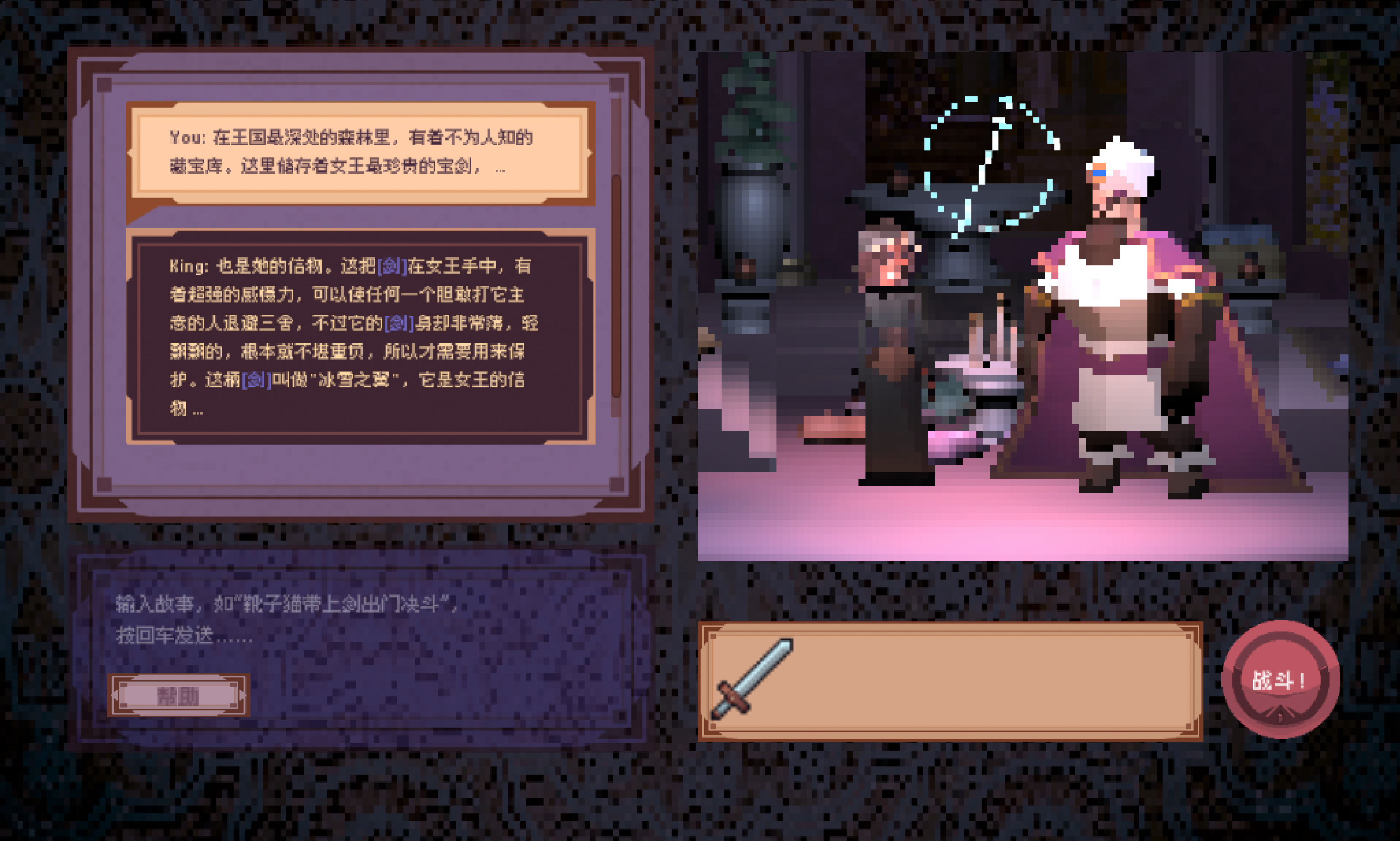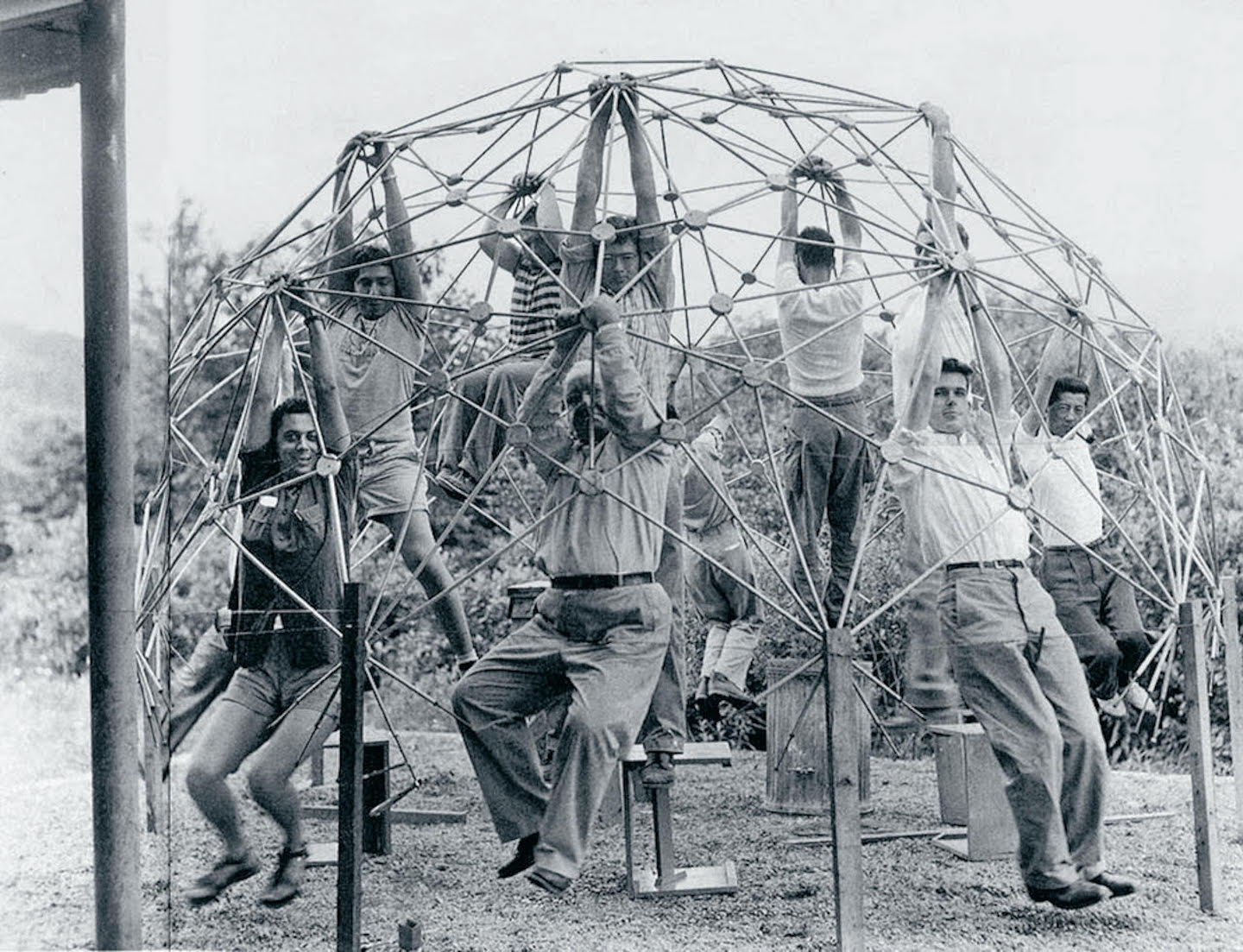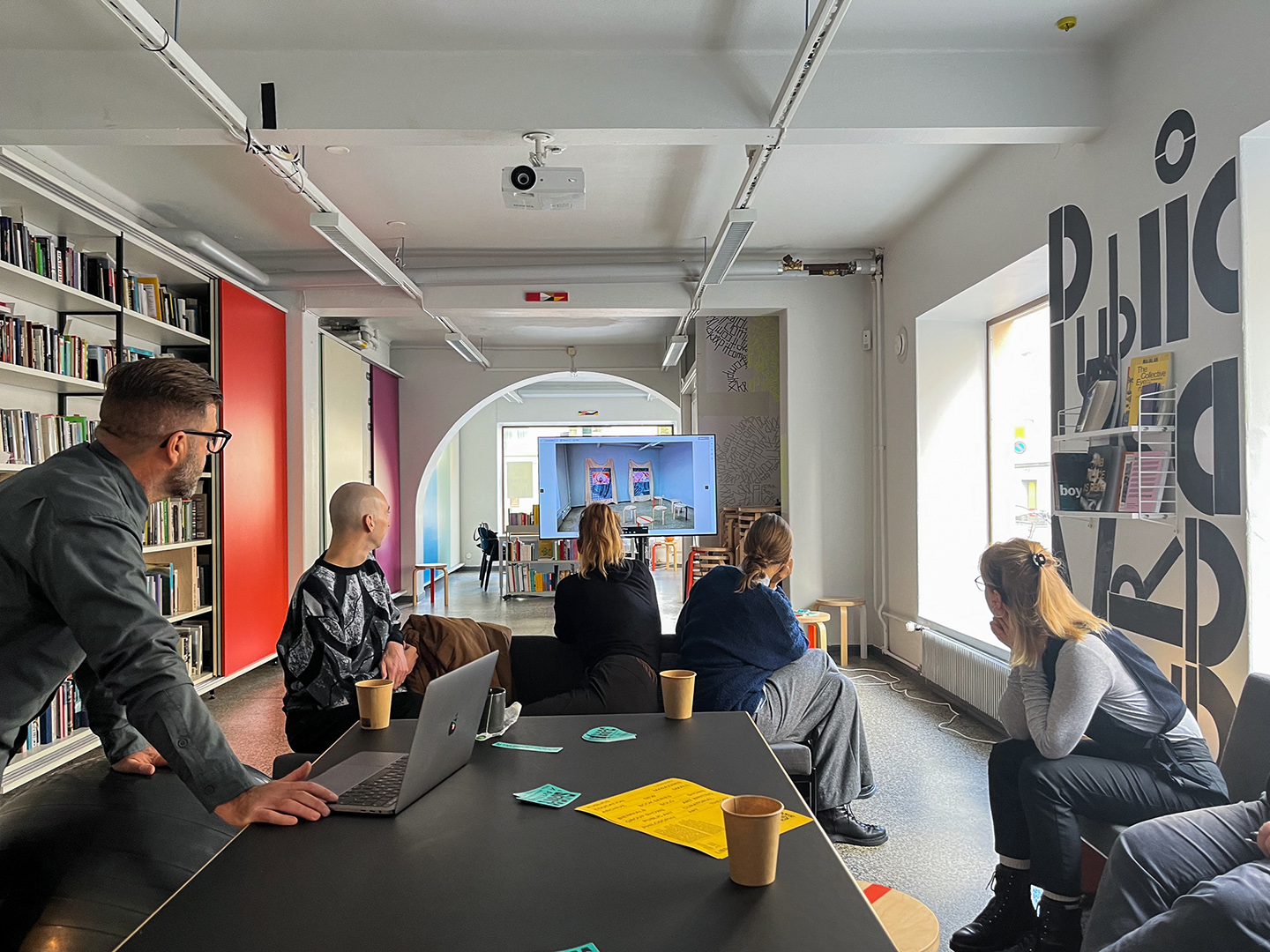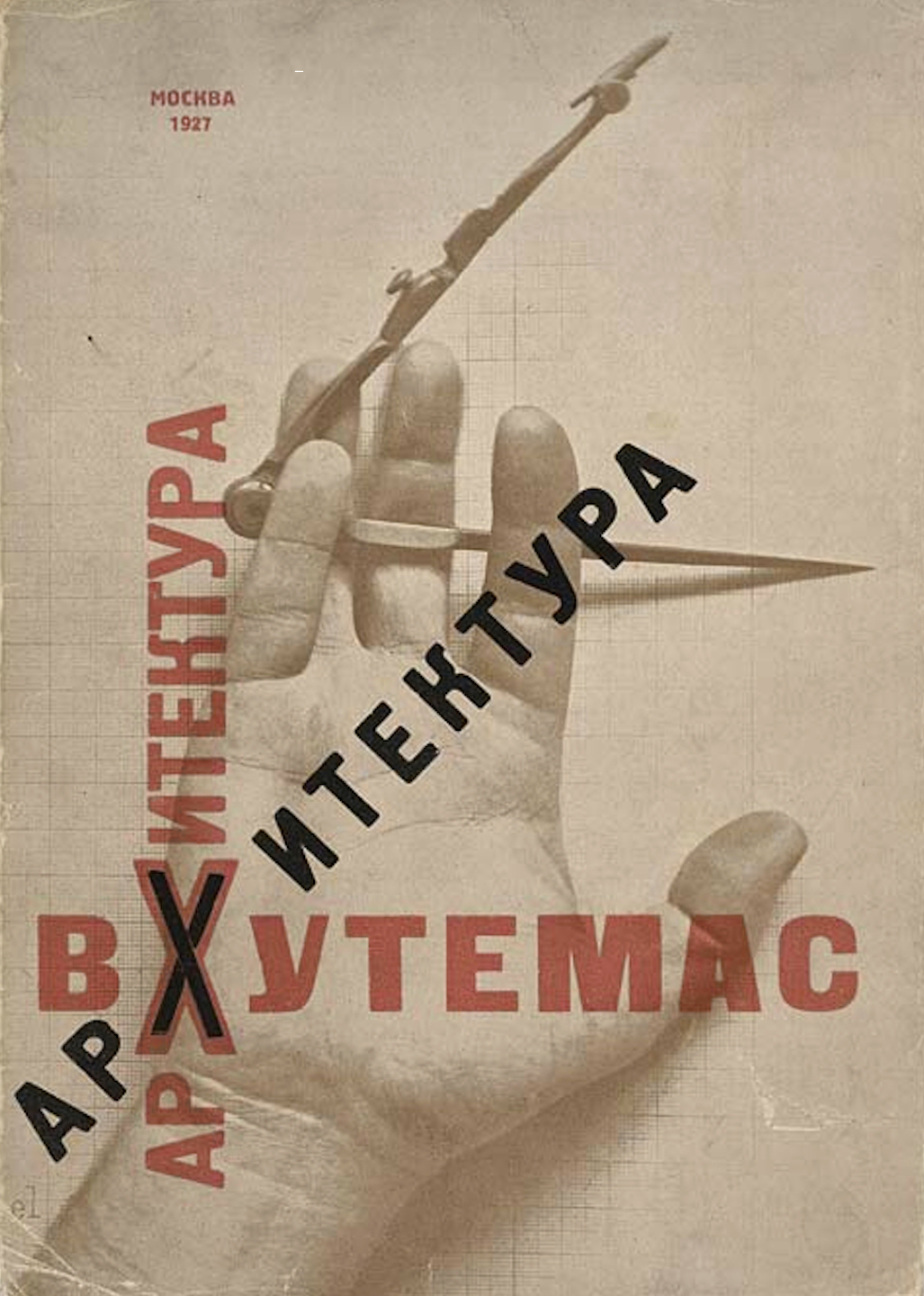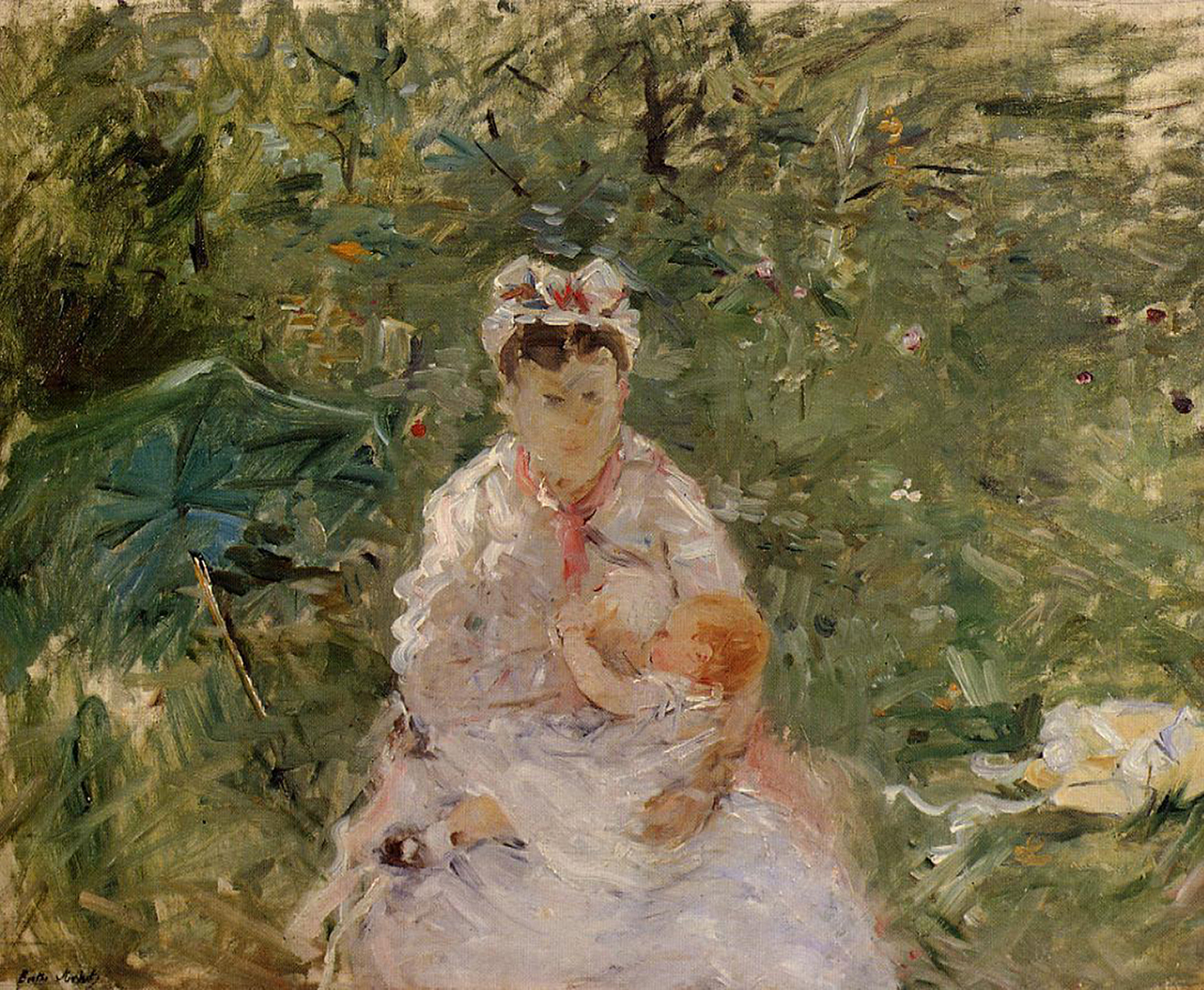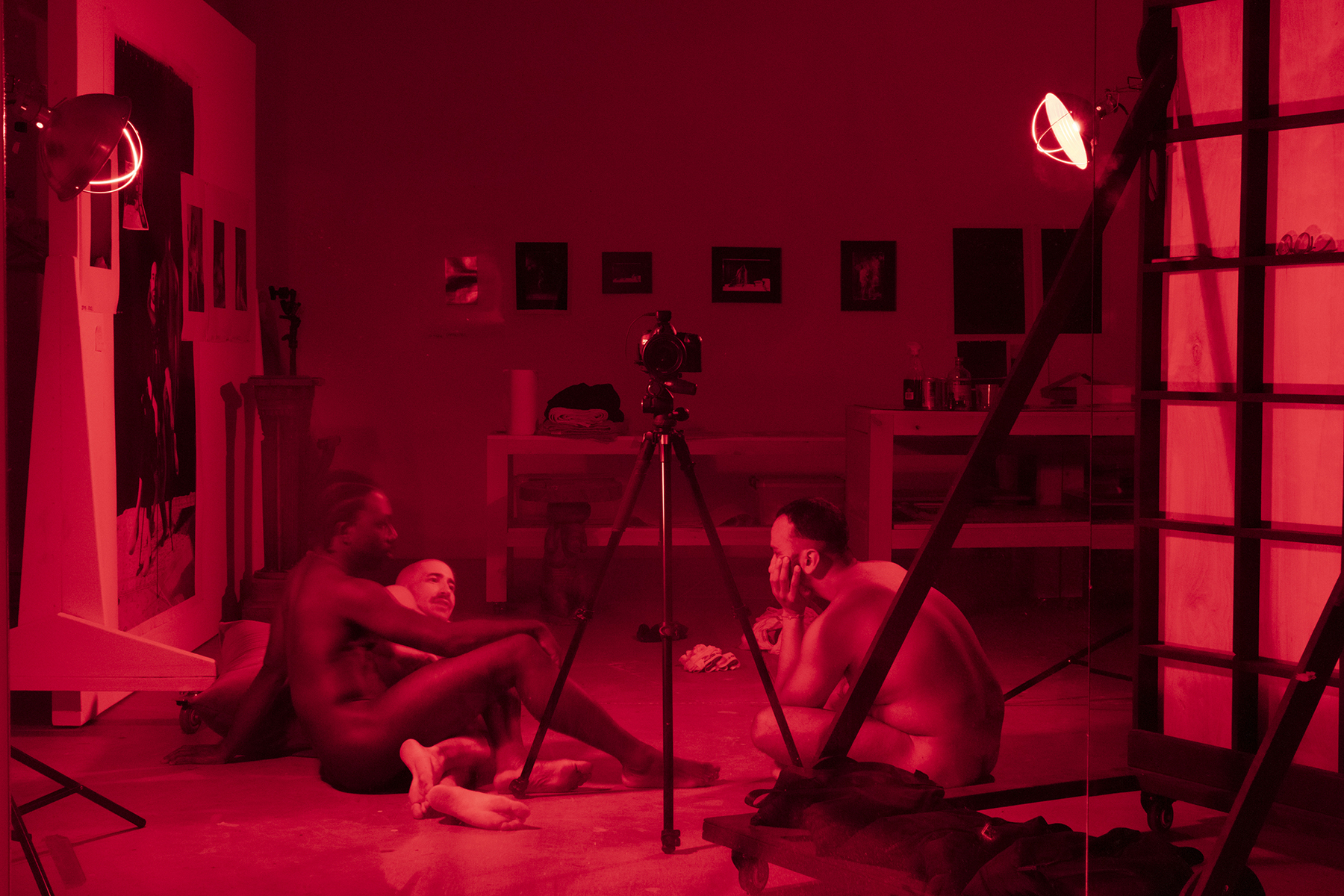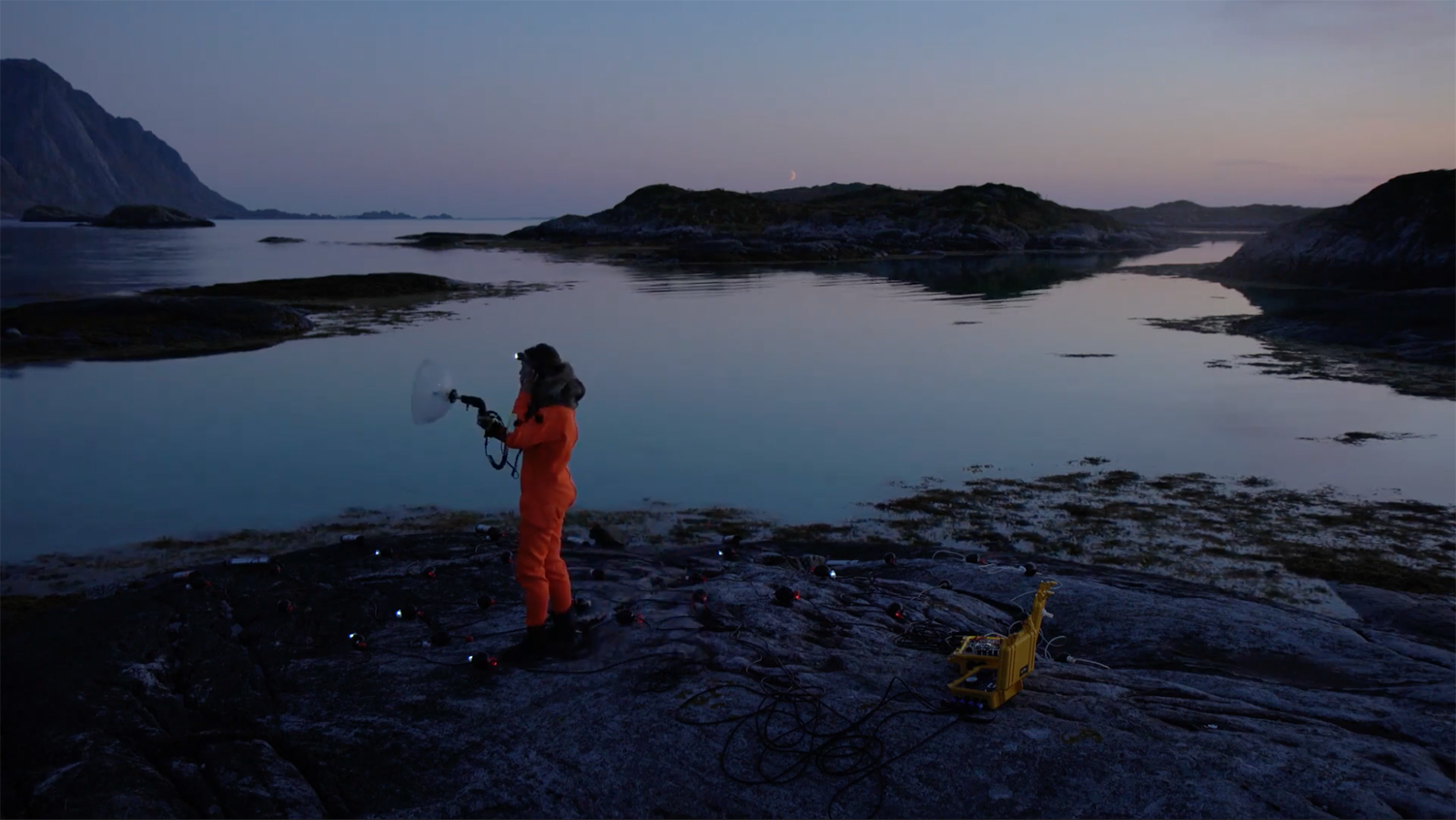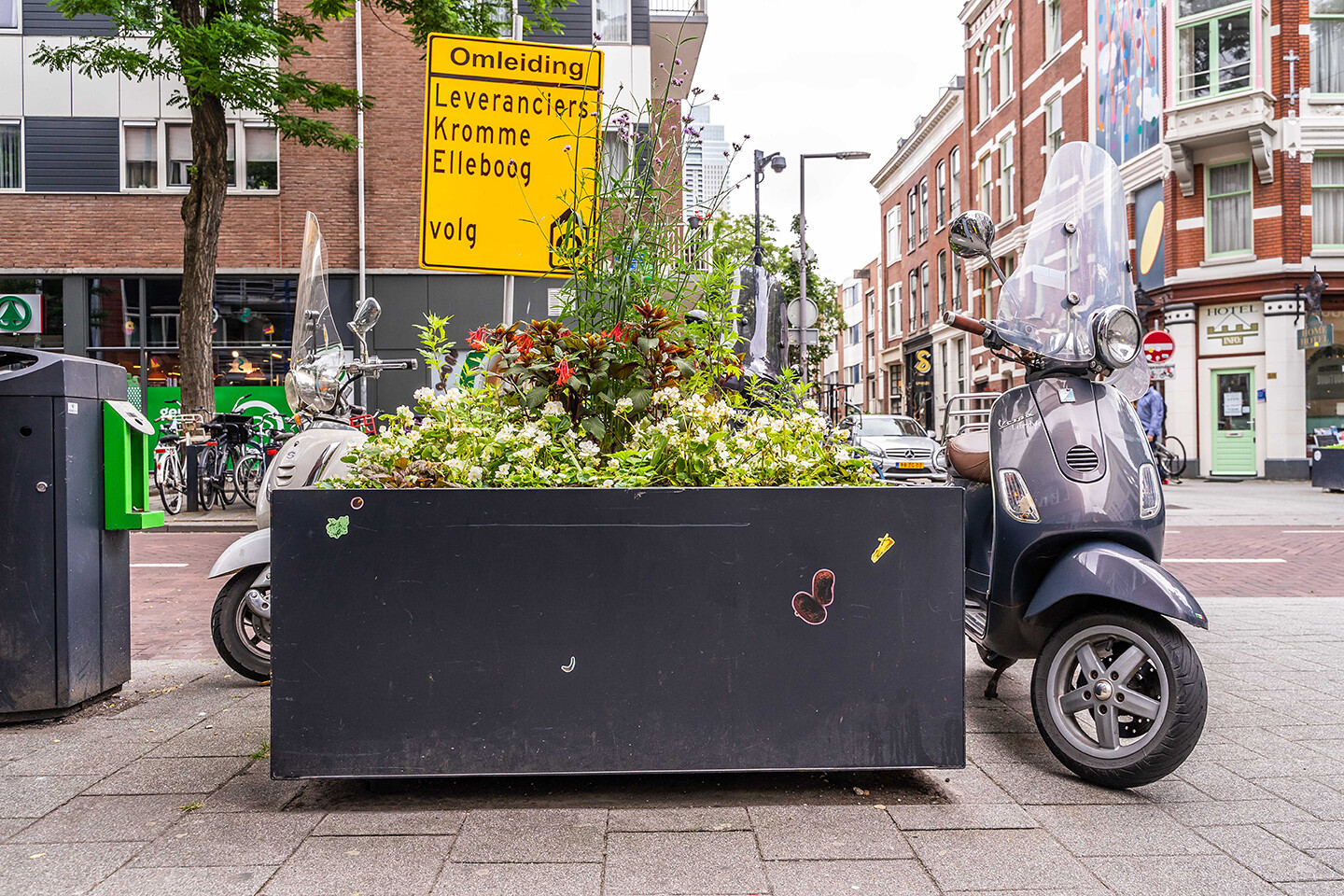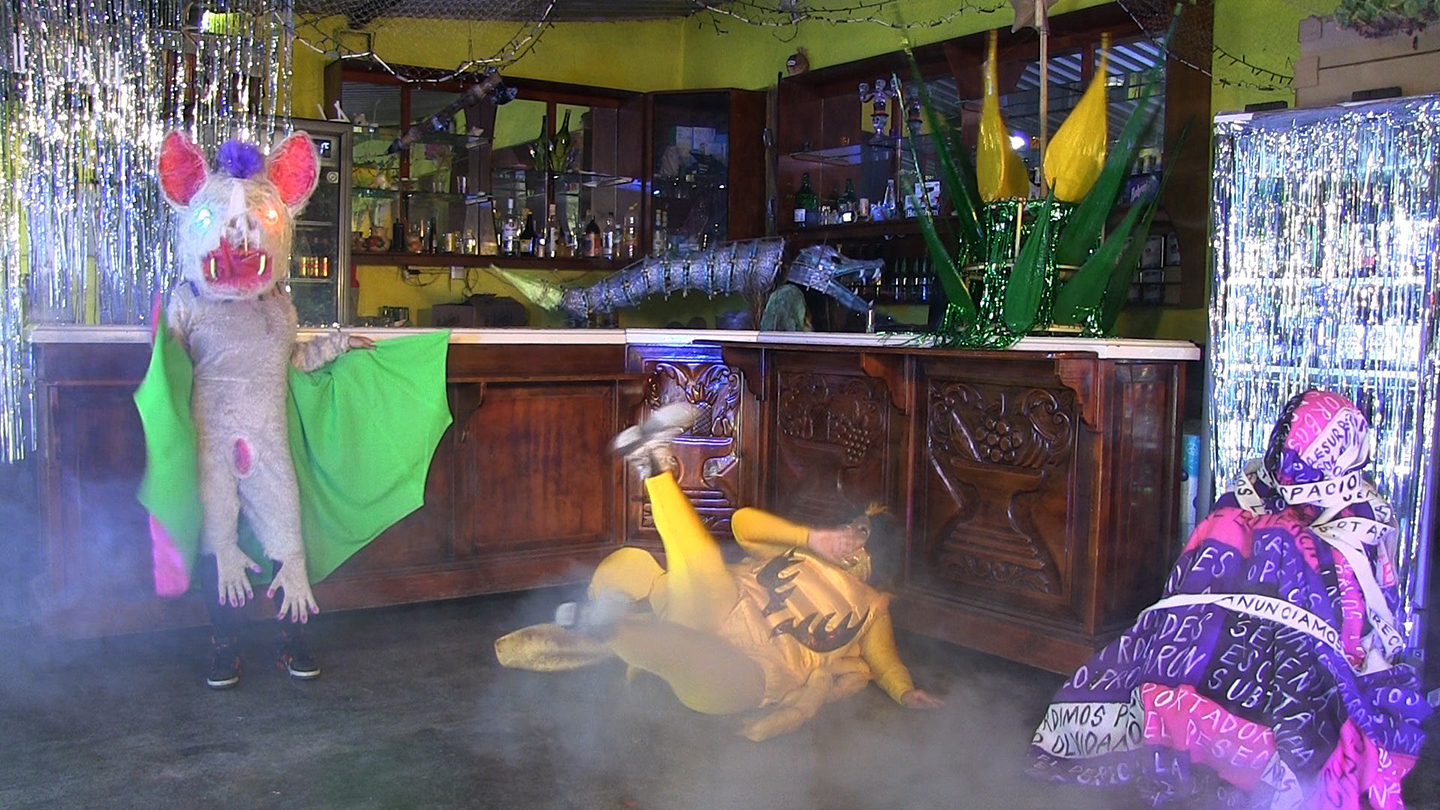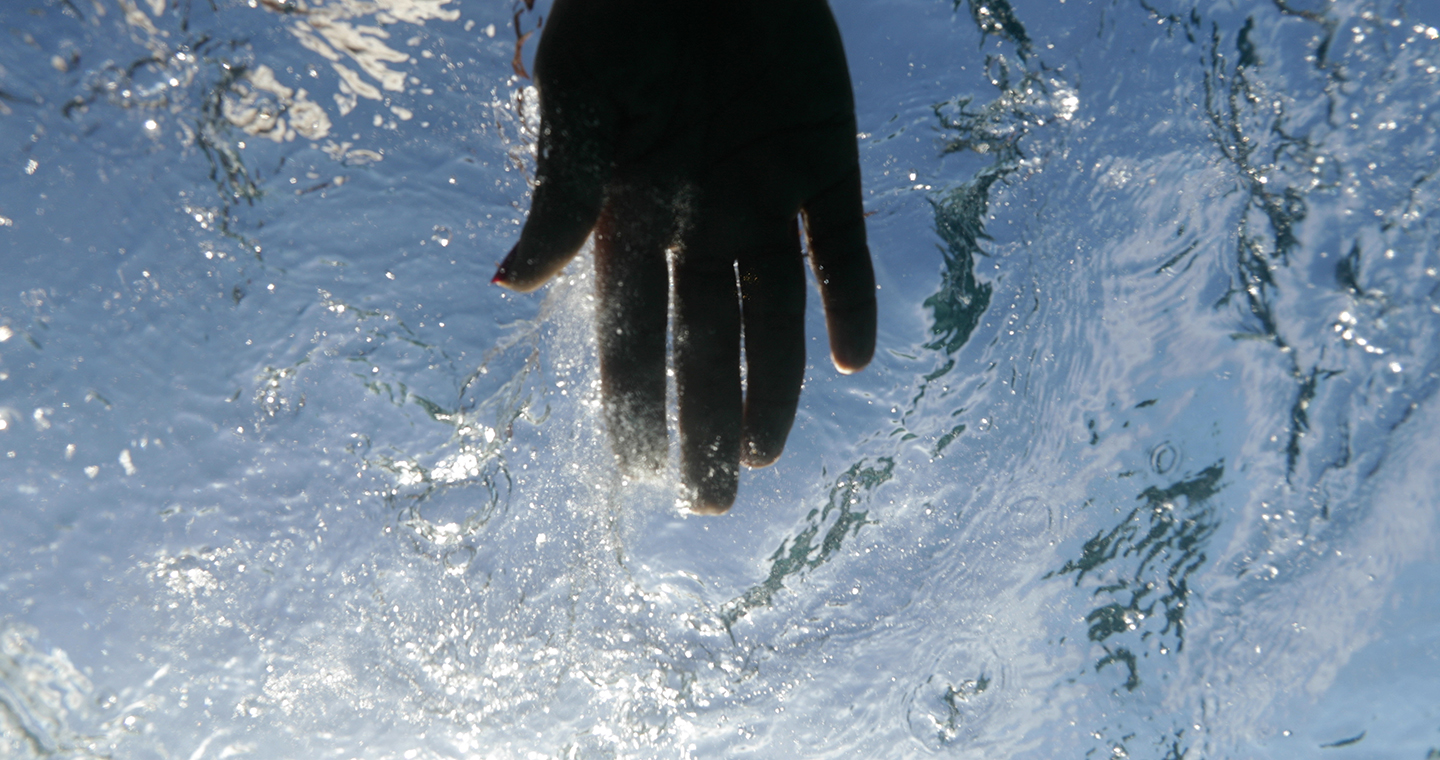Exhibitions: The Book of Sand: Aiiiii Art Center
Art & Education features the The Book of Sand, presented by Aiiiii Art Center, on Exhibitions.
The Book of Sand: Aiiiii Art Center
Aiiiii Art Center structures its future practice around annual research topics. Following the the theme of the 2021 International Conference on AI and Art held at Tongji University, Shanghai, May 20–21, 2021, The Book of Sand takes on the question “What is the author?”. Our manifesto, “Da(t)aism: A git-festo about AI and Art,” guides the direction of this exhibition, which involves a series of AI Art workshops.
“Lines consist of an infinite number of points; planes an infinite number of lines; volumes an infinite number of planes, hypervolumes an infinite number of volumes... No, this, this more geometrico, is definitely not the best way to begin my tale.
The picture of an infinite line came to me, and I drew it: the line went on forever, right up to the edge of the universe. That is how the universe was born.”
The two sentences above begin our tale as well as an “imitation game” that might eventually displace personal intellectual enjoyment. We presuppose this text has been written by a human, but, in fact, the first sentence is extracted from The Book of Sand, by the Argentine writer Jorge Luis Borges in 1975, and the second was generated in 2021 by a GPT-2 language model based on the first sentence. In 1950, Alan Turing, who is widely considered to be the father of artificial intelligence, proposed the “imitation game,” also know as the Turing test, in his groundbreaking paper “Computing Machinery and Intelligence.” Turing asserted that before the end of the twentieth century we would be able to program a computer with up to a billion bits of information, one capable mimicking human behavior so accurately that after multiple five-minute testing sessions more than thirty percent of human interrogators would be unsure if they were talking to a human or a machine. The machine would then be recognized to have passed the Turing Test and therefore be considered to possess an intelligence comparable to man’s. Today, as we approach the realization Turing’s theory, the question he posed in 1950 is even more relevant: Can machines think?
The exhibition employs a literary imagination to juxtapose seemingly infinite, random generative art with Borges’s Book of Sand, a book that possess neither a beginning nor an end. The reader can turn the pages of the book but cannot predict the outcome, just as we cannot fully comprehend the operational logic of the “black box” embedded by and into a neural network. Against the joy of possessing the book, the fear that the book is not truly infinite grows, just as we fear that the infinite productivity of AI will render us captive, as well as the fear that AI’s “infinite creativity” is merely the outcome of smart permutations of existing human ideas. Borges describes an artificial intelligence-like non-technological medium—a book that could generate anything—that maps the beginning of posthumanism, one without technology, where the human subject is challenged by “new models of subjectivity” that emerge from our non-human counterparts.
The Book of Sand is curated by Xi Li. Filippo Fabrocini and Kostas Terzidis of Tongji University College of Design and Innovation serve as academic hosts.
Participating artists: Sofia Crespo, Certain Measures, Dabeiyuzhou, Jake Elwes, Entangled Others, Obvious, and Sun Yuqian.
Exhibitions is a venue for institutions to share images of student shows and curated programming. Exhibition galleries present an unlimited number of images alongside curatorial statements and information on the featured program and participating artists.
